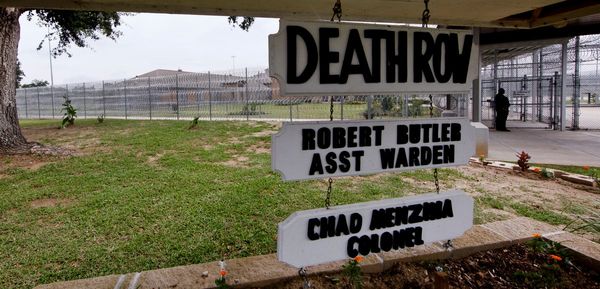
The advent of technology has changed the way we commute, at least in urban India. A decade ago, it was almost impossible to imagine on-demand cab services, arriving at your doorstep at midnight or even in the wee hours.
Ride-hailing apps, such as Ola and Uber, have disrupted the way Indians travel in key metros besides some Tier I and II cities. While this has created employment opportunities for drivers, it has also stirred a debate on whether cab aggregators are impacting India’s thriving automobile industry, which contributes about 7% to India’s gross domestic product (GDP).
These companies have witnessed significant growth over the last few years in India, following the entry of San Francisco-based ride hailing giant Uber in 2013 and the rise of home-grown Ola, owned by ANI Technologies Pvt. Ltd, over the last nine years.
Increasing adoption of smartphones, affordable data tariffs and various modes of digital payments, backed by heavy discounts and cashbacks made the services a popular choice among commuters, often over public transport. In the initial years, drivers garnered substantial incentives from the aggregators, making it a lucrative profession. The companies also offered mobility options, such as car pooling, besides launching auto-rickshaw services. It was a win-win for both drivers and riders.
Click here to see the enlarged version of the graphic
However, the convenience came with a price. Over a period of time, drivers complained of lower incentives, long working hours, while riders complained of surge, or arbitrary pricing, abrupt ride cancellations by drivers and safety-related concerns, among other issues.
But, transportion has been a state subject in India, and many states have not recognised technology-based cab hailers as a different business segment. Therefore, in a first, the Centre is now keen to regulate the sector to bring in some uniformity in the rules governing them. “The idea is to make taxi aggregators more responsible. Someone will have to take the responsibility if any mishap happens,” said a senior government official, requesting anonymity.
Now, the recently introduced Motor Vehicles (Amendment) Act, 2019, already recognizes aggregators as digital intermediaries or marketplaces to connect passengers with drivers. “The aggregators were not a part of government guidelines or regulatory control. With the amendment to the Motor Vehicles Act (in August), they can now be regulated,” said Priyank Bharti, joint secretary, ministry of road transport and highways.
The Centre is working with states, including Karnataka, Maharashtra and Uttar Pradesh, to finalize the rules within the next three months. The focus will be on consumer safety and convenience such as limiting surge pricing, capping commissions to ensure drivers pay less commission to aggregators, insurance cover for drivers and passengers, and fines for drivers cancelling rides. Companies may also be asked to set up 24x7 helplines to ensure women’s safety.
While a broad framework is expected to improve customer experience, it is also likely to increase the compliance burden, along with higher regulatory scrutiny for cab aggregators. For operators, it will entail higher compliance costs. Also, monitoring each ride in detail could be a challenge. On the positive side, the guidelines are expected to help the companies focus on innovations and scale, rather than facing regulatory uncertainty.
Sachin Taparia, founder and chairman of community platform LocalCircles, said thousands of consumers have raised concerns about surge pricing, drivers cancelling rides, as well as the inability to reach customer service of cab aggregators. “We have done a detailed consumer survey and shared the findings with the Ministry of Road Transport, which is forming the rules for aggregators and hope that the issues will be covered,” he said.
“The key ask is that if the driver or the app cancels a ride, they should be required to pay a penalty to the consumer. On surge pricing, the upper limit should be capped at 25%. If that requires platforms to increase the base price, so be it. This way the consumer has more certainty. For off-peak times, there can be discounts that should be made available to the consumer,” said Taparia, adding that the government must do stakeholder and public consultations before finalising the rules. A section of experts said states and the Centre should plan and evaluate the repercussions of any policy before its implementation.
“For instance, if there is a cap on commission (earned by taxi aggregators), it could result in increased fare as the burden of lower commission could be passed on to the riders. This can also impact a taxi driver’s earning,” Sharad Moudgal, partner, Khaitan & Co., said, adding regulations pertaining to safety and surge pricing should make life better for consumers.







